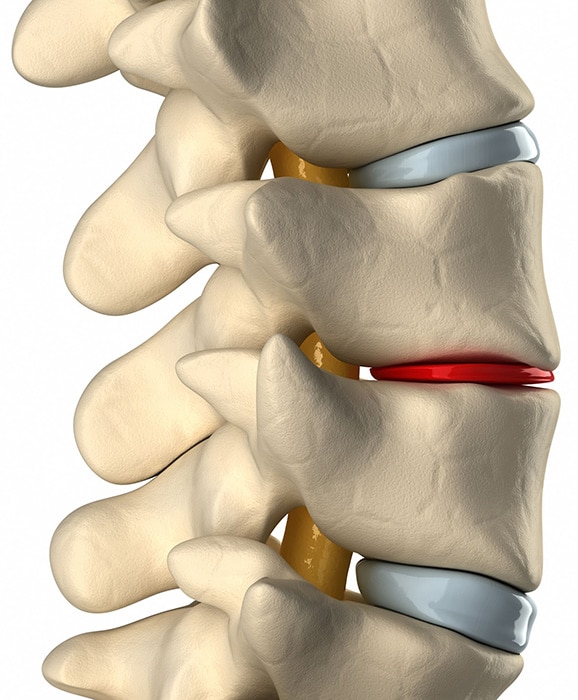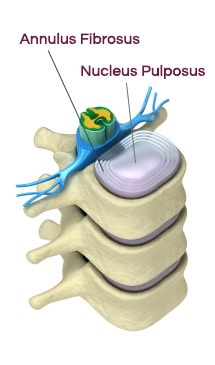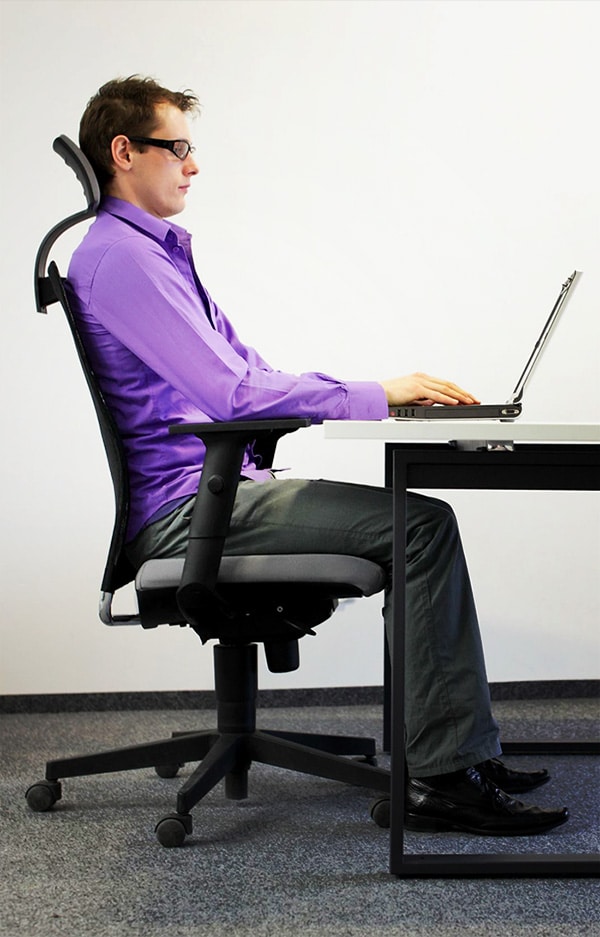What Can I Do to Help Fight Degenerative Disc Disease?
The situation with degenerative disc disease is not a dire one, but it is serious. It can be an incredibly painful and arduous experience for those that face it. There are steps you can take to help address your pain.
Adjusting your posture is the first thing to take care of. By adjusting posture and keeping your spine in a straight line, you will be placing the appropriate amount of stress on all portions of your back. This opposes bad posture, which could stress out the affected disc. This may take time, but is worth it for both short and long term health benefits.
Eliminating any stimulants from your diet is also a tremendous benefit. Additives such as caffeine, alcohol, and more can cause serious damage to your health. Instead of exacerbating your condition with unstable elements, focus on reinvigorating your diet through a steady consumption of water and healthy foods.
Creating a calm exercise pattern for no less than 30 minutes can also help alleviate symptoms for degenerative disc disease. It is important to stress calm exercise. Overcompensating by running, climbing, or more can cause undue stress on an already delicate situation. Instead, calm movement will keep your body flexible enough without additional wear and tear.
If these do not work, pain medication is a common tool used to help cope. By taking Tylenol, ibuprofen, or other anti-inflammatory medications, this may help lessen the pain. If these do not work, surgery is a possibility.
The method of recovery that is most encouraged is physical therapy. By talking with a professional about your condition, your healing process is under the guidance of someone who is professional educated in pain. This knowledge can make the difference of years of recovery or months.
 As we get older, our body begins to lose some of its mobility. Certain things we relied on are no longer as trustworthy as they once were. This can lead to the overall degeneration in certain body parts.
As we get older, our body begins to lose some of its mobility. Certain things we relied on are no longer as trustworthy as they once were. This can lead to the overall degeneration in certain body parts.


